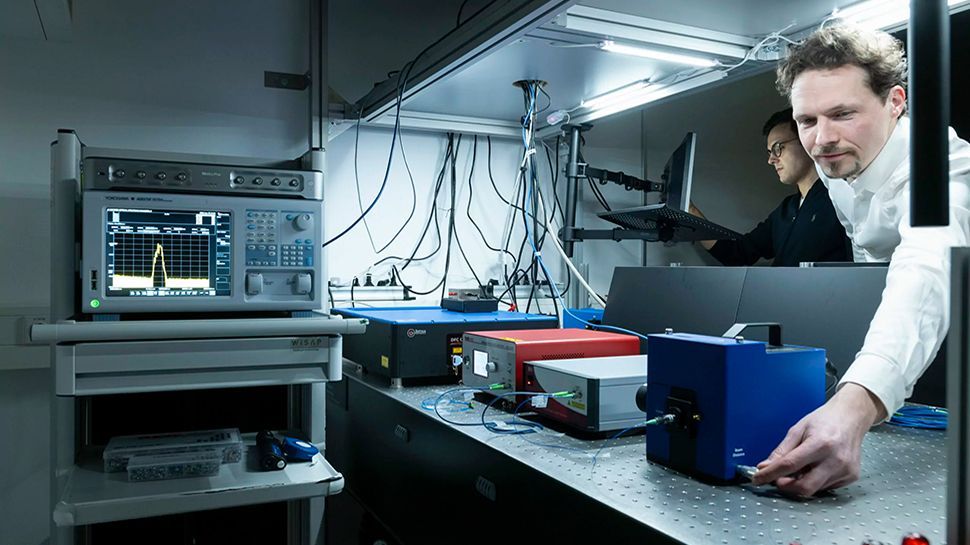In an era when the ecological footprint of large-scale artificial intelligence systems is increasingly scrutinized, a team of international scientists has developed a new solution that could be a game-changer.
The team, led by Prof. Mario Chemnitz and Dr. Bennet Fischer from the Leibniz Institute for Photonics Technology (Leibniz IPHT) in Jena, has built a computer that uses light waves instead of silicon, and it is all done through a single optical fiber.
Researchers have harnessed the unique interactions of light waves within optical fibers to create an advanced artificial learning system. This clever approach eliminates the need for extensive electronic infrastructure, a marked departure from traditional systems that rely on computer chips containing thousands of electronic components.
Diagnosis of COVID-19 infections
“We use a single optical fiber to mimic the computational power of numerous neural networks,” explains Professor Chemnitz. “By taking advantage of the unique physical properties of light, this system will enable the rapid and efficient processing of large amounts of data in the future.”
As Technological exploration As he explains, data, whether image pixel values or frequency components of an audio track, are encoded into the color channels of ultrashort light pulses. These pulses transport information through the fiber, undergoing various combinations, amplifications or attenuations. The appearance of new color combinations in the fiber output allows prediction of data types or contexts.
The team has successfully applied this method in a pilot study to diagnose COVID-19 infections using voice samples provided by the University of Cambridge. The results achieved a detection rate that surpasses the best digital systems to date.
“We are the first to show that such a vibrant interaction of light waves in optical fibers can directly classify complex information without any additional intelligent software,” said Professor Chemnitz.
The article has been published in Advanced science.








